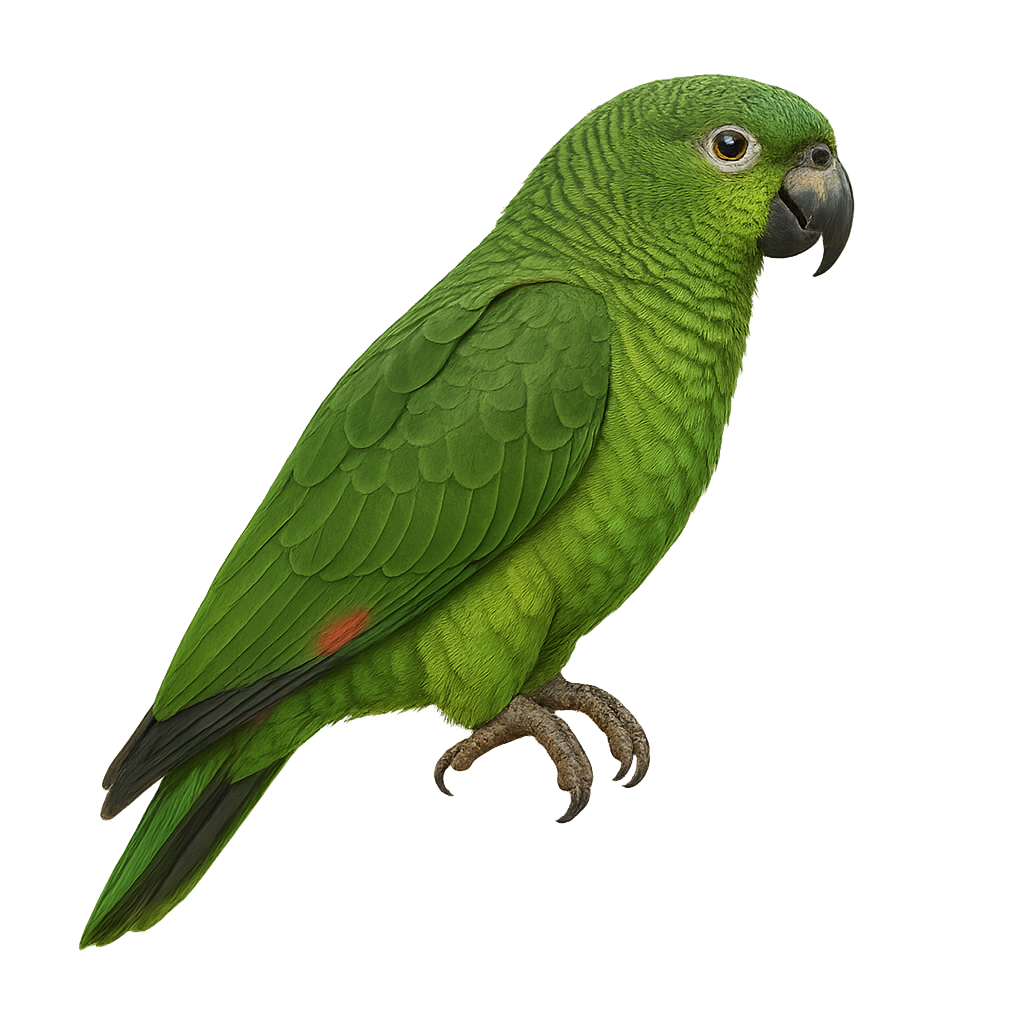Your wildlife photography guide.
Explore the scaly-naped amazon in detail, study its behavior, prepare your shots.
Where to observe and photograph the scaly-naped amazon in the wild
Learn where and when to spot the scaly-naped amazon in the wild, how to identify the species based on distinctive features, and what natural environments it inhabits. The WildlifePhotographer app offers tailored photography tips that reflect the scaly-naped amazon’s behavior, helping you capture better wildlife images. Explore the full species profile for key information including description, habitat, active periods, and approach techniques.
Scaly-naped Amazon
Scientific name: Amazona mercenarius

IUCN Status: Least Concern
Family: PSITTACIDAE
Group: Birds
Sensitivity to human approach: Suspicious
Minimum approach distance: 10 m
Courtship display: October to December
Incubation: 26-28 jours
Hatchings: November to January
Habitat:
Humid forests, montane forests, forest edges
Activity period :
Primarily active during the day, with peak activity in the morning and late afternoon.
Identification and description:
The Scaly-naped Amazon is a medium-sized parrot, measuring about 35 cm in length. Its plumage is primarily green, with blue hues on the head and red feathers on the wings. It is native to the humid forests of the Andes, living at altitudes between 1000 and 3000 m. This parrot is known for its ability to mimic sounds and its sociability. It primarily feeds on fruits, seeds, and flowers. Although its conservation status is concerning, it is still relatively common in some areas. The Scaly-naped Amazon is an intelligent and curious bird, often seen in small groups or pairs.
Recommended lens:
400mm – adjust based on distance, desired framing (portrait or habitat), and approach conditions.
Photography tips:
To photograph the Scaly-naped Amazon, it is advisable to use a telephoto lens of at least 400 mm to capture detailed images without disturbing the bird. Look for areas where the bird is active, such as forest edges, and be patient. The best times to observe and photograph this bird are early in the morning or late in the afternoon, when the light is soft and activity is at its peak. Use a tripod to stabilize your camera and be ready to quickly adjust settings to capture fast movements.
From knowledge to field practice
A species profile helps you understand an animal. In the field, the challenge is often different. Remembering your own observations.
The WildlifePhotographer app allows you to:
• record your personal observations
• note locations, dates, and behaviors
• revisit your field references over time
• build a private and long-term field logbook
The app does not provide observation locations.
It helps you organize what you actually observe, with respect for wildlife.

